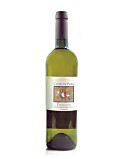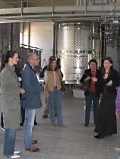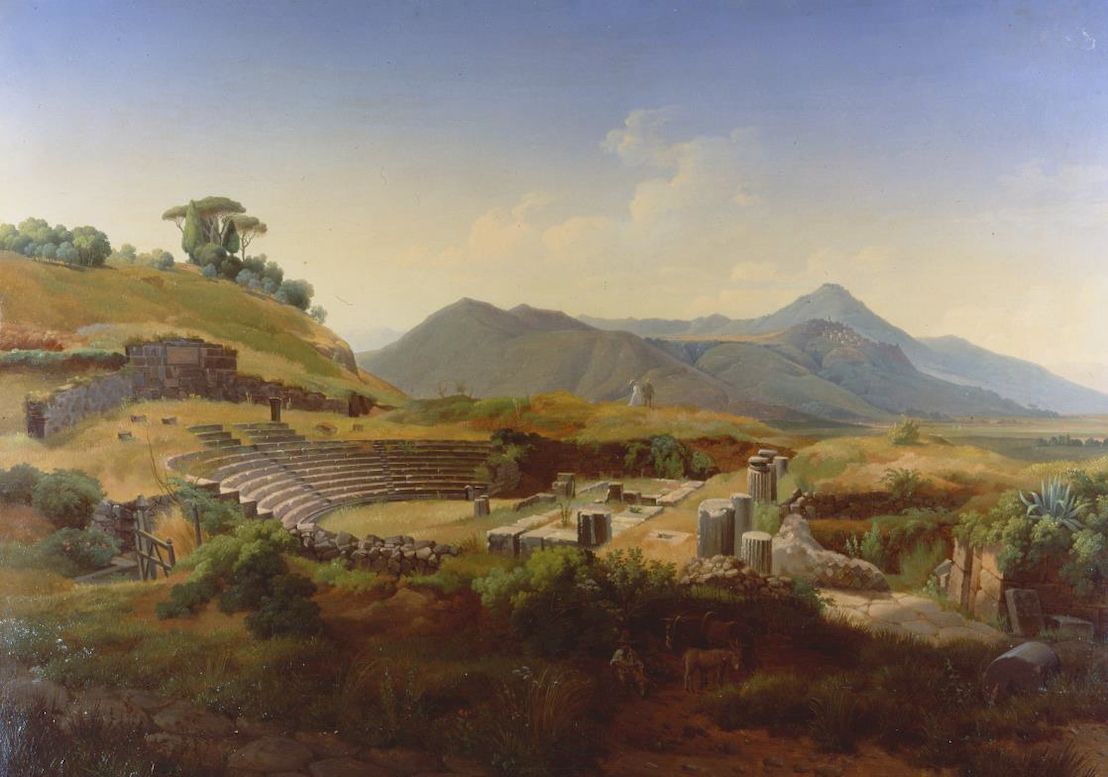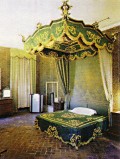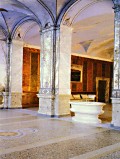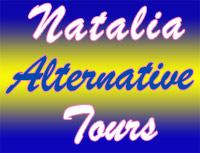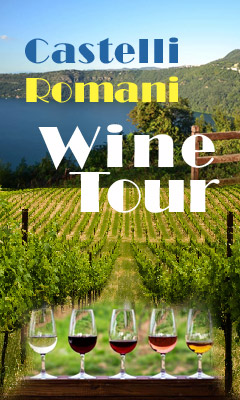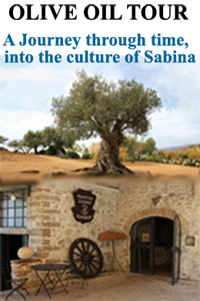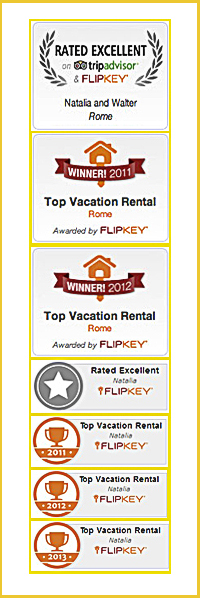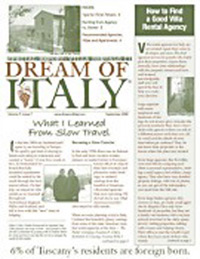Wine Tours: the Wines of the Castelli Romani
Wine Route of the Castelli Romani
The Castelli Romani due their name to the presence of at least a noble mansion in each of them and even if some of these mansions were destroyed during past historical events, their ruins are still witnessing the feudal origin of this zone.
Viticulture grew gradually in this area thanks to the periodical distribution of pieces of land among war veterans, who utilised their modest estates to create a production for a private consume and a more intense one for the local market.
Even if belonging to an ancient tradition, the cultivation of vineyards in the Castelli Romani’s area, knew a great development with the building growth in Rome, as it determined a gradual destruction of the wine estates which once, during the pontifical period, were within the city itself; these were the so called ‘terreni casalini’; vineyards with plants growing on ancient house ruins, very famous for the quality of their production.
The Castelli Romani’s vineyards go from the valley to the slopes of the hills in that places where the mechanized cultivation is still possible. The vineyards situated on the slopes are surrounded by olive groves, which create a silvery frame to them.
In addition to the DOC wines chosen according to the rules, each producer sells on the market wines with the generic denomination “DOC Castelli Romani”, that has been recently created, and I.G.T. (Typical Geographical Designation) wines for lunchtime, satisfying the different customers’ needs. These last type of wines reaches an high quality level.
Coming from Rome along the Via Appia Antica: the Romans themselves called the Via Appia the queen of roadways. Dating back to the 4th century BC, it was the first road not to be named after its destination or its function; it was named after its builder Appius Claudius Caecus who was also responsible for building Rome's first aqueduct.
At this point we have 2 choices of itinerary for this day trip from Rome: Archeological Routes Or Noble Villas
Archeological Routes:
Continuing to cross Via Appia we will reach the town of Albano Laziale, rich in archaeological ruins: ancient villas (Villa di Pompeo), and structures built when the town hosted the Roman soldiers of the Seconda Legione Partica: an amphitheatre, the Cisternoni (water tanks); the thermal building, a structure utilized as a nympheum from the emperor Domitian in his villa, (Church of Santa Maria della Rotonda) and the baths of Cellomaio, within the Church of San Pietro.
Leaving the Via Appia near the Church of Santa Maria della Stella, (via della Stella) we will cross again an ancient stretch of the Via Appia Antica and reach Genzano (March and April: Procession of Good Friday – End of May: Strawberry feast – June: great folkloristic exhibition: a street of the town is covered with alegorical carpets – Third week of September: free distribution of toasted slices of ocal bread (D.O.P.) with olive oil.
In Genzano we will visit Sforza Cesarini’s PalaceThis building was built according to the wish of the Sforza Cesarini Family, that bought the town of Genzano from the Savelli Family and modified the structure, building the palace in its present characteristicsThe palace had a huge park which reached the Nemi’s Lake shores. At present restoring works try to give to the park its ancient form from Genzano we will reach the town of Lanuvio. In Lanuvio we will find again an ancient stretch of this old road flanked by walls built in opus quadratum. Visit also the ruins of the temple of “Giunone Sospita”.
The “Noble Villas”
In the Town of Ariccia (25 km). Cross the monumental viaduct built in the 19th century, from which it is possible to see a wonderful panorama: the valley and the far Tyrrhenian sea on the right side and the Chigi’s Park, (17th century) on the left side. On the main square of Ariccia, “Piazza di Corte”there is the Chigi’s Palace, built by the great architect of the Roman baroque, Gian Lorenzo Bernini, according to the wish of the Pope Alexander VII (1655-1667), when he bought in 1661 the town of Ariccia from the Savelli Family.Leaving Ariccia, we will reach Genzano and visit Sforza Cesarini’s Palace. This building was built according to the wish of the Sforza Cesarini Family, that bought the town of Genzano from the Savelli Family and modified the structure, building the palace in its present characteristicsThe palace had a huge park which reached the Nemi’s Lake shores. At present restoring works try to give to the park its ancient form.
Both itineraries include lunch in any of the famous “fraschetta”, where you can taste the delicious porchetta and other traditional dishes as: pappardelle alla lepre e al cinghiale, pasta all’arrabiata, bucatini all’ amatriciana or spaghetti cacio e pepe, strozzapreti al ragù and more...
On the way we will stop at the wine producers, “Azienda Vinicola Di Castel De Paolis” of Adriana Croce Santarelli. The following wines are produced on this estate:
- Campo Vecchio (Bianco): Malvasia del Lazio, Bellone, Romanesca, Bonvino, Passerina, Grechetto,Trebbiano Giallo.
- Frascati Superiore: Malvasia di Candia, Trebbiano Toscano, Bonvino, Cacchione.
- Vigna Adriana: Malvasia puntinata bianca, Viogner, Sauvignon
- Campo Vecchio (Rosso): 50 % Shyraz, 20 % Cesanese d'Affile, 20 % Montepulciano d'Abbruzzo, 10 % Sangiovese
- I Quattro Mori: 65 % Shyraz, 20% Merlot, 10% Cabernet Sauvignon, 5% Petit Verdot
- Rosathea: 100% Moscato rosa

